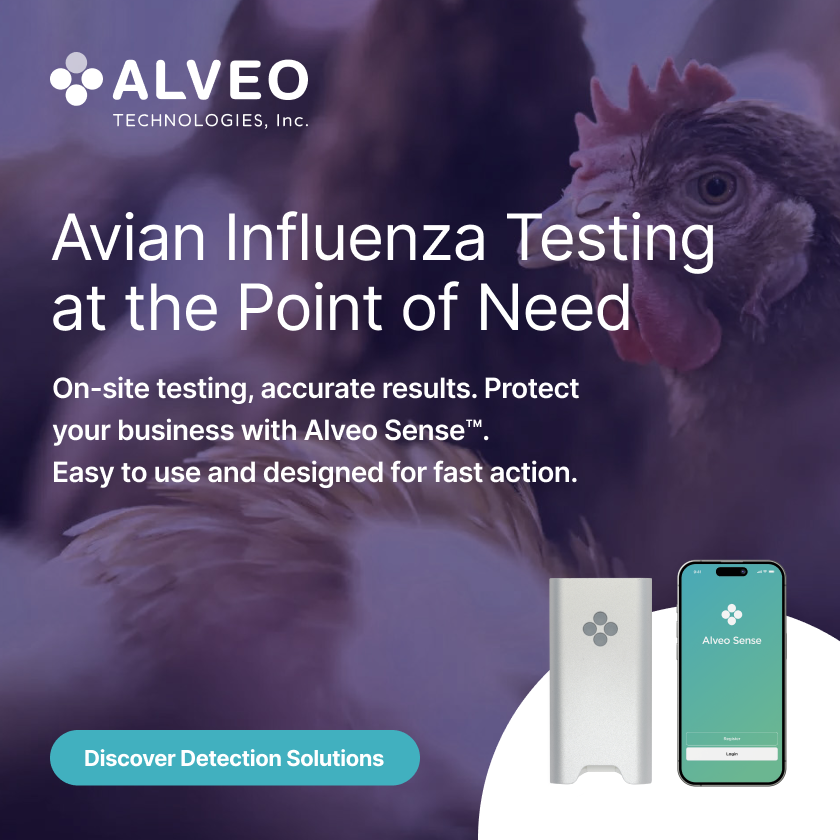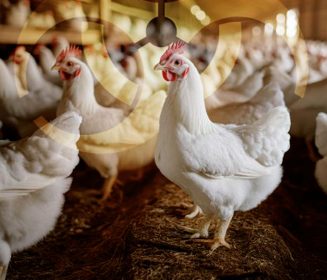04 May 2020
Application of copper as an antimicrobial surface
Content available at: Español (Spanish) Português (Portuguese (Brazil))Copper is a transition metal in the periodic table. Its ability to donate […]
Content available at:
Español (Spanish) Português (Portuguese (Brazil))
Copper is a transition metal in the periodic table. Its ability to donate or receive electronically is the source of many of its useful properties, including thermal, electrical, and antimicrobial properties.
Its oxidized form is indicated as Cu +2. and its reduced form is Cu +1.
It is a necessary micro-element for almost all living organisms, including humans, contributing to numerous metabolic processes. However, copper ions at high levels are toxic to most organisms.
The oldest recorded medical use is mentioned in the Smith Papyrus. This Egyptian medical text written between 2,600 and 2,200 BC, describes its application to sterilise chest wounds and drinking water. Greeks, Romans, Aztecs, and other peoples treated headaches, lung diseases, burns, intestinal worms, and ear infections. Its use became widespread in medicine from the 19th century and its use as an antimicrobial agent continued until the availability of antibiotics on a commercial scale in 1932.
The study of the antimicrobial properties of metal surfaces is relatively recent and was highlighted when the US Environmental Protection Agency (EPA) registered nearly 300 different copper alloys as antimicrobial in 2008.
Before that, a series of studies demonstrated the effect of copper and its alloys against five strains of bacteria tested according to EPA protocols: Copper is the first metal that has been recognised as such.
The registry allows commercialization on the grounds that copper “kills 99.9% of bacteria within two hours.” Its use was authorized for the manufacture of products for commercial, residential and health environments. The agency clarifies that copper alloys should be used as a supplement and not as a substitute for standard surface cleaning and disinfection practices. It adds that these products do not pose any risk to public health.
Despite the age of its discovery and use, still very little of copper’s properties have been explored and its applications are far from being exhausted.
With regard to the antimicrobial activity of copper and its alloys, studies concluded that the antimicrobial effect increases as the temperature goes from refrigeration to room temperature and as the copper content of the alloys increases. The higher resistance to corrosion leads to the lower availability of copper ions (Cu + 2) and consequently less antimicrobial activity. Stained surfaces release Cu + 2 more easily, exhibiting inhibitory activity more quickly than bright surfaces. However, the thick layer of copper oxide reduces the antimicrobial activity of the contact surfaces.
Among the various microorganisms already proven inactivated by copper, some are of interest in veterinary medicine, such as:
- Escherichia coli O157: H7
- Methicillin-resistant Staphylococcus aureus (MRSA)
- Salmonella enterica
- Campylobacter jejuni
- Listeria monocytogenes
- Candida albicans
- Influenza virus
The mechanism by which microbial death occurs on copper contact surfaces is called contact killing. Toxicity occurs due to its tendency to alternate its oxidation state between cuprous (Cu+1) and cupric (Cu+2). Under aerobic conditions, this redox cycle leads to the generation of highly reactive hydroxyl radicals that damage biomolecules such as DNA, proteins and lipids. Factors that increase reactive oxygen species (ROS) increase the bacterial death rate. Thus, the production of hydroxyl radicals by the Fenton-like reaction contributes to the inactivation of microorganisms.
The “death by contact” is carried out by:
- Successive damage to the membrane
- Influence of copper within cells
- Oxidative damage
- Cell death
- DNA degradation
Dry metallic copper surfaces have greater antimicrobial power than the same surfaces when wet
Microbial cells exposed to dry copper surfaces accumulate large amounts of ions faster than on wet surfaces. They suffer extensive damage to the membranes and lose cellular integrity in a few minutes. Under anaerobic conditions, the absence of oxygen only increased the time required to inactivate 109 E. coli cells (from 1 to 2 minutes) in dry plates, but did not protect them from death. Contact with cells can directly oxidize the copper surface, leading to the release of Cu + 1 ions. These are not very soluble and are not stable in aerobiosis, but they are more toxic than Cu + 2 ions. Therefore, anaerobic conditions do not significantly increase survival in metallic copper.
PUBLIC HEALTH APPLICATIONS
The researchers verified, in hospital practice, the functionality of copper and its alloys, confirming that these surfaces can aid the use of antibiotics, disinfectants and the practice of hand washing, minimizing the risk of the appearance and spread of resistant microorganisms. The average numbers of bacteria recovered from hospital surfaces containing copper were between 90% and 100% lower than those from control surfaces in a UK hospital. At a health post in Grabouw, South Africa, copper surfaces had a 71% lower microbial load.
FUTURE PERSPECTIVES
Copper materials can also be useful as antimicrobial surfaces in animal houses, troughs and feeders, cage materials and storage containers. Costs can be diluted by reduced use of antibiotics and decreased risk of selection for multi-antibiotic resistant strains of bacteria. Metallic copper can be applied in areas with high exposure to contamination such as those found in poultry slaughterhouses. The use of copper plates would be useful to reduce cross contamination caused by pathogenic bacteria such as Salmonella enterica and Campylobacter jejuni and to avoid the formation of biofilms.
CONCLUSIONS
It is clear that the use of copper and its alloys as an antimicrobial surface can be very useful in various areas of veterinary medicine.
- Hospitals and clinics
- Laboratories
- Surgical instruments
- Installations
- Fomites
- Slaughterhouses
- Dairy products, among others
In addition to the already proven action of copper surfaces against bacteria and viruses and fungi, its practical application in parasitology must also be considered. In poultry, there is a wide possibility of applying copper and its alloys, starting with hatcheries where cleaning equipment and rooms is essential for chick health. Most of the disinfectants currently used have restrictions on use, such as formaldehyde, known for its carcinogenic action, and iodine and acids, which have corrosive action. The use of antimicrobial copper surfaces can result in lower infection rates and less use of antibiotics, resulting in lower possibilities for the development of multi-resistant microorganisms, with benefits for animal and human health. You can also count on cost reduction with:
- Treatment of animal diseases
- Better zootechnical performance
- Greater profitability
- Lower public health spendings due to reduced transmission of zoonoses
Depner RFR, Depner RA, Lucca V, Lovato M. O copper as an antimicrobial contact surface and its potential application in Veterinary Medicine. Veterinária e Zootecnia 2015; 22 (4): 532-543.






































